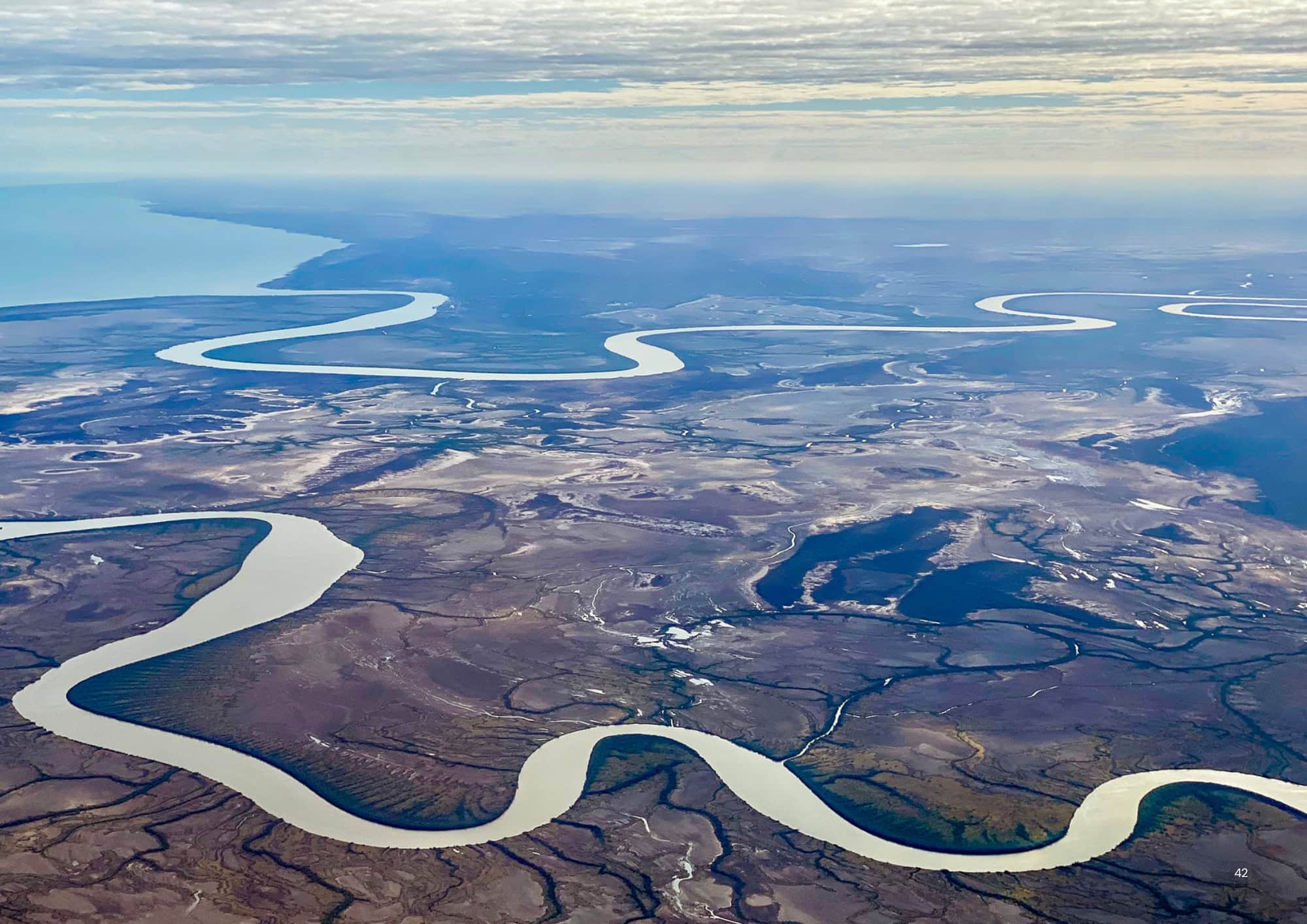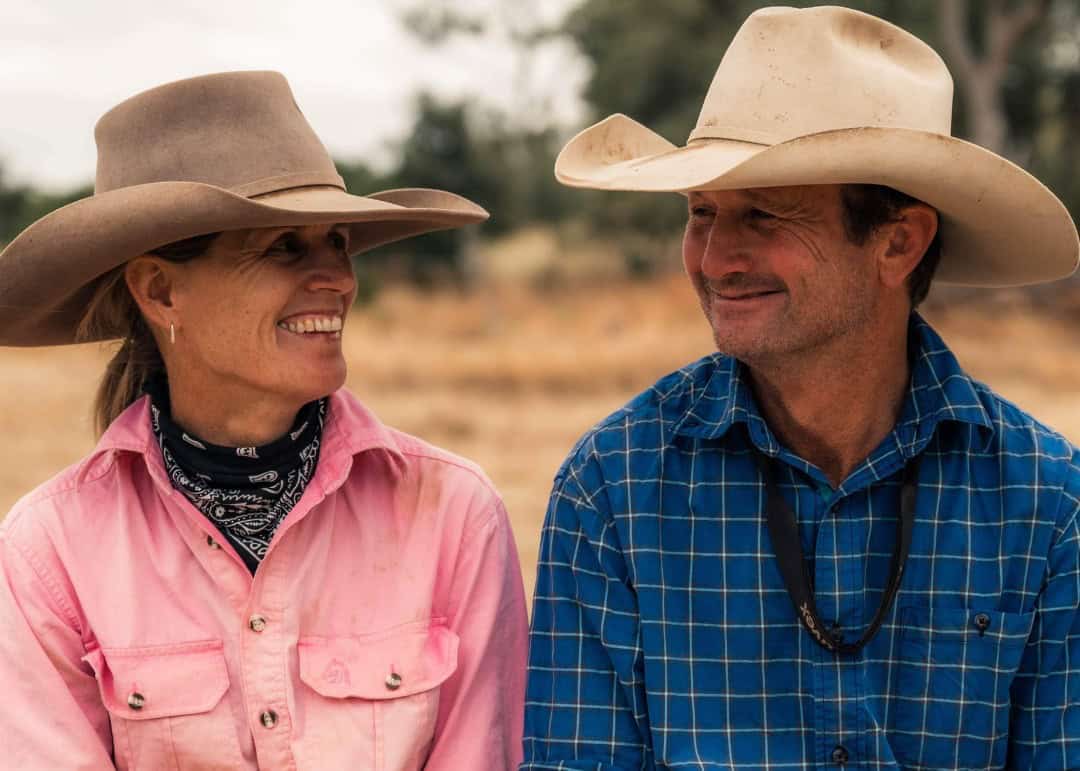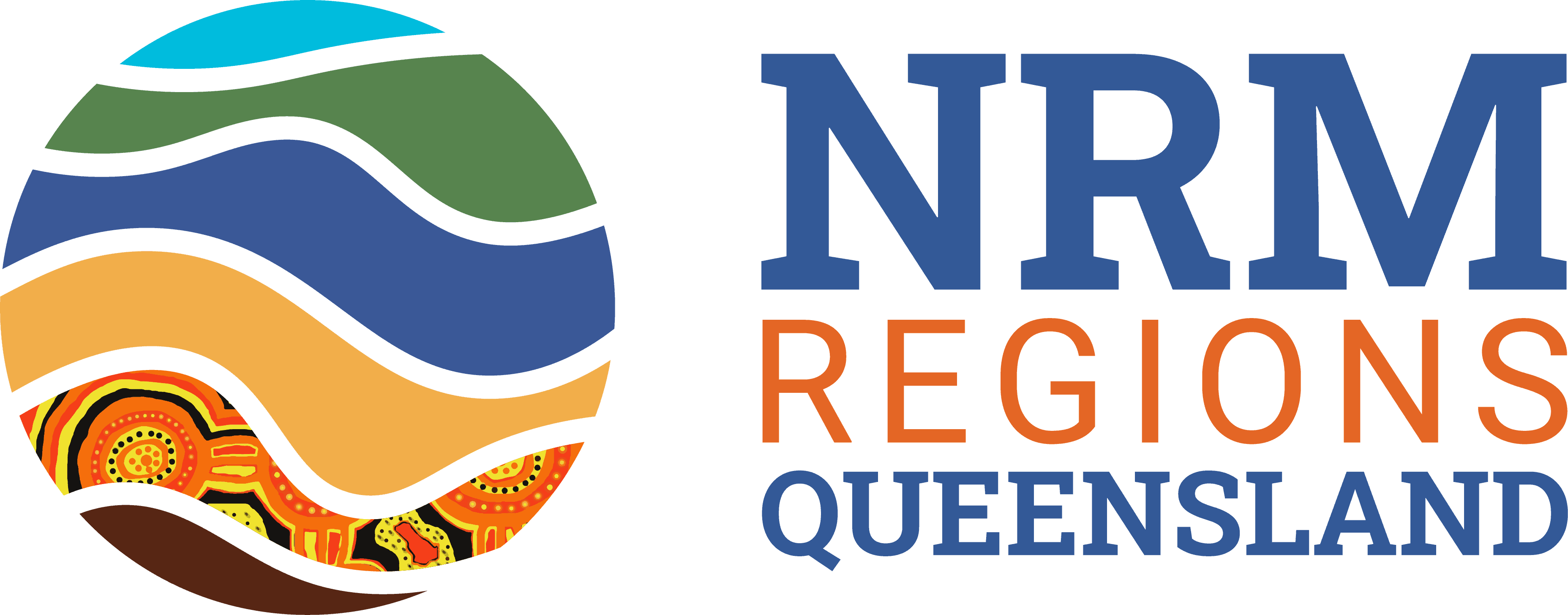The Gilbert and Mitchell Rivers, in the Northern Gulf region of Queensland are very remote, very large and very ecologically diverse river systems – critical to communities, our precious biodiversity, food production as well as lifestyle and wellbeing for those who live in or visit the region.
But these river systems are under threat. Extensive cattle grazing as well as current and proposed agricultural development present risks to the health and economy viability of the catchments.
Regional NRM organisation, Gulf Savannah NRM identified a lack of localised, best practice riparian management, particularly in areas with high conservation value and as a result developed a project that identified those high conservation values and worked with landholders in priority areas to improve the health of native vegetation.
The Gulf Rivers Riparian Improvement Project built the capacity of the community through workshops, forums and rural school education programs. In total, more than 100 people were supported to develop new skills and knowledge.
As a result of this new knowledge, the condition of native vegetation over 99,402ha of land was improved, 192km of riparian fencing was installed and weeds were controlled on more than 1500ha of land.
Gulf Savannah NRM worked in partnership with local governments, Traditional Owners, industry, community groups and land managers to deliver these outcomes for the economy and the environment.

Gulf Rivers
Gulf Rivers Riparian Improvement Project outcomes:
- 99,402ha of native vegetation condition improved
- 61,091ha of land with reduced sediment flowing to waterways
- 192km of riparian fencing installed to protect riverbanks and improve water quality
- 1502ha of weed control
- 41km of water pipelines installed to protect riverbanks including 2 water pumps, 7 dams, 28 water tanks, 24 water bores and 51 water troughs installed
- 7,882 pigs removed to improve water quality and boost biodiversity outcomes
- 102 people supported to develop new land management skills and knowledge
Improving ground cover on Ooralat Station
One of the properties involved in the project was Ooralat station, where the land managers collaborated with Gulf Savannah NRM to combat rubbervine infestations along sensitive riverbanks as well as subdivide paddocks and increase the number of water points for livestock. This work has resulted in a significant increase to groundcover. Before the project started, only 32% of the property had more than 70% groundcover; at the end of the project 89% of the property had more than 70% groundcover.
Read more about the work on Ooralat Station here.

Shelly and Kevin Taylor run Ooralat Station in the Northern Gulf of Carpentaria
